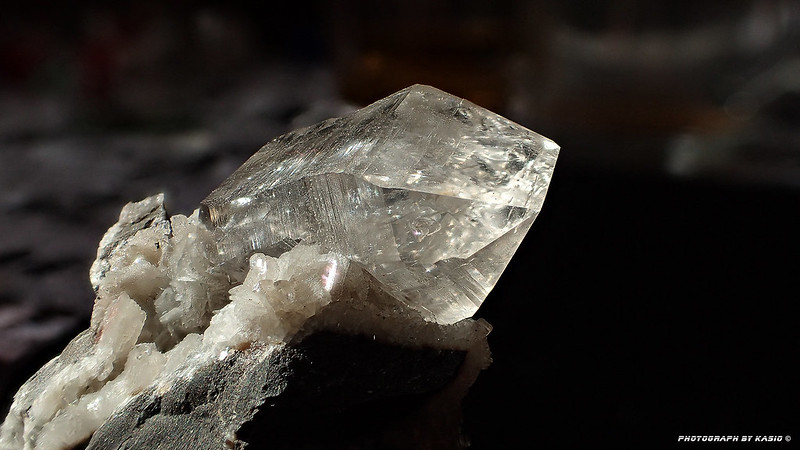
In the diverse world of quartz, distinguishing between its various types can be quite a challenge. Many of us have heard of Herkimer diamonds, native to New York, but how do they differ from regular clear quartz?
Delve into this article as we demystify the distinctions between clear quartz and Herkimer diamonds, ensuring you never grapple with confusion over their differences again!
What is Clear Quartz?
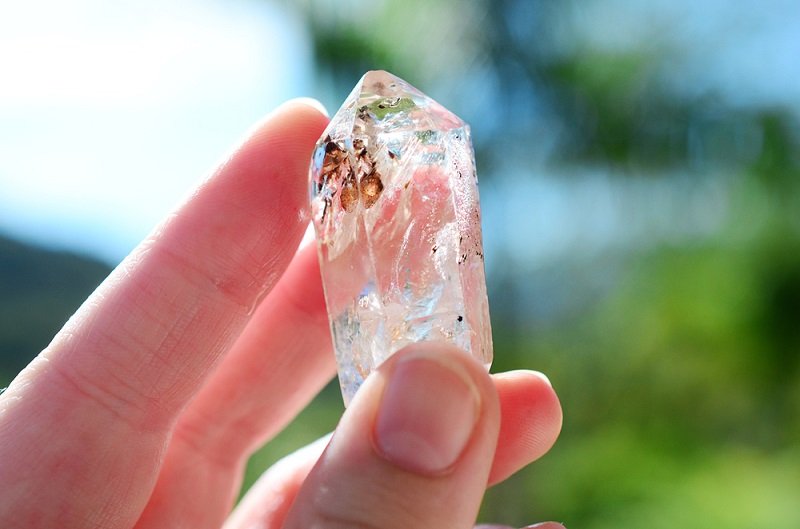
Quartz is actually the mineral silica, formed into relatively large crystals. It’s distinct from the more microcrystalline forms of silica, such as chalcedony, and from a few polymorphs. It’s among the most common minerals on the planet.
Clear quartz is the most sought-after by collectors. These high-purity crystals form into hexagonal shapes, generally with a clear pyramidal termination at the top. They’re found inside geodes, as single points in pockets, and as larger clusters of crystals. Clear quartz is prone to inclusions, ranging from schorl to rutile, which makes for a wide variety of different forms.
Quartz is a common find, and often in different areas. For instance, some quartz deposits are sedimentary crystals found inside different clays. The crystals of the Pacific Northwest often appear this way, for instance.
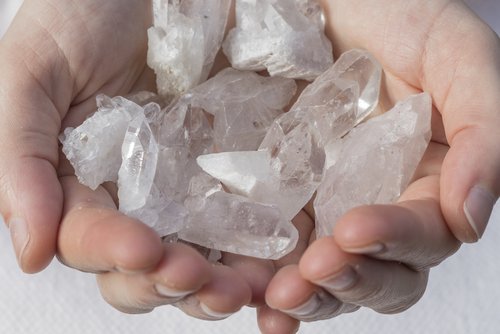
On other occasions, they may be found as igneous rocks. These are often massive, formed of tightly interlocking crystals that make the whole stone appear to be a single mass. Gold is often found in this sort of quartz, but massive quartz is also generally milky white instead of clear.
And it’s also found in some sedimentary stones themselves, sandstone being among the more famous ones that it’s found in.
Quartz also appears in a wide variety of different forms, depending on how it was initially grown inside the Earth. Some of these are well-known, such as phantom quartz, whereas others are a bit less widely spread. The thing to remember is that quartz is the crystalline form of silica, and if it’s called clear quartz it should lack color.
What is a Herkimer Diamond?
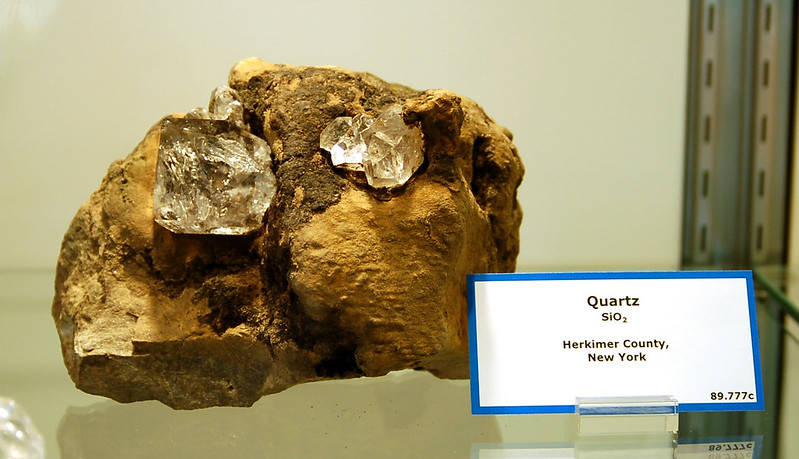
Herkimer Diamonds aren’t actually diamonds, not even close. Instead, they’re a specific form of clear quartz that’s found in upper New York.
Specifically, these crystals are double-terminated and generally have eighteen total facets. It’s rare for quartz to show up with both sides of the crystal properly terminated, so these immediately caught the interest of those who were digging there.
Herkimer Diamonds are always composed of clear quartz, you don’t find them in variations like amethyst for instance, but they can often have inclusions. These inclusions are generally part of their charm and they range from internal fractures that scatter rainbows on one of the faces to ancient pieces of mineralized plant matter like anthraxolite.
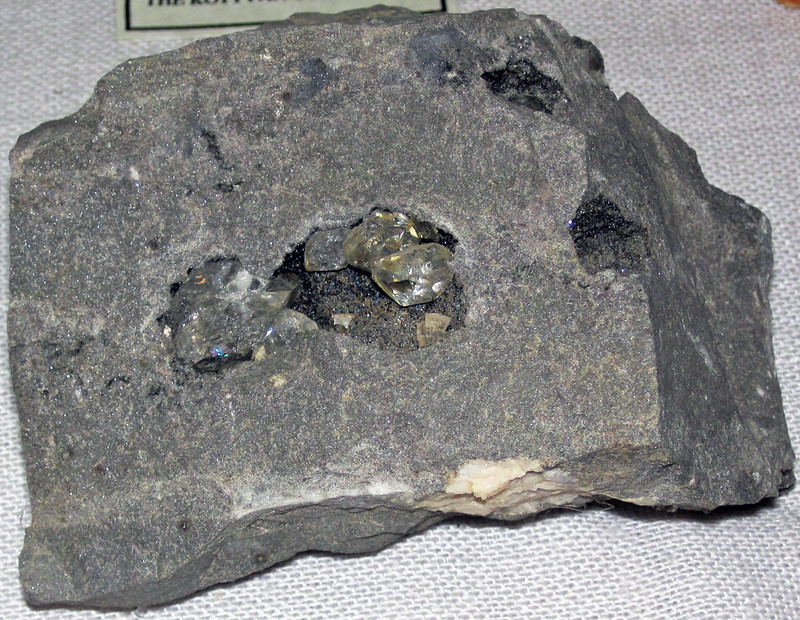
Double-terminated quartz is only found commonly in Herkimer County. They’re primarily spread through the dolomite in this area. Those found in other areas are sometimes erroneously called Herkimer diamonds, it’s become a bit of a shorthand for double-terminated quartz crystals, but can have different inclusions and general growth properties.
The oddest part about these stones isn’t that they show up as single crystals. Single double-terminated crystals are found in many places on rare occasions.
Instead, it’s the fact that almost all of the quartz in the area is double-terminated. It even forms clusters of these eighteen-sided polyhedrons cemented together, a far cry from ordinary quartz clusters!
How Are They Similar?
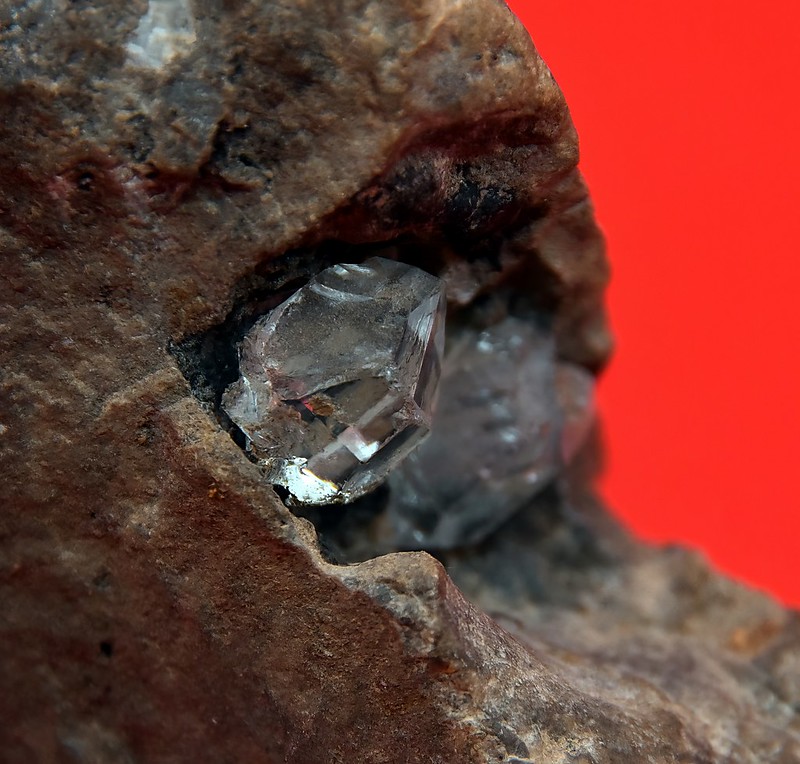
Well, technically Herikmer Diamonds are just another form of clear quartz. A quite specific one, but still just another form. As a mineral, they’re virtually identical except for the quirk in the crystallization patterns of the Herikmers.
The crystallization pattern is very similar. While normal clear quartz forms into thinner, longer spires and Herkimer Diamonds tend to be a bit squat, they’re both six-sided and have pyramidal terminations. There’s one big difference in the habit that we’ll take a look at below.
Silica is one of the most common minerals on the planet, and quartz is perhaps the most common crystal found by collectors. Clear quartz, in particular, is found in large quantities across the entire world before you even begin to explore the world of smoky quartz, amethyst, citrine, and other specific variations.
Both can also have a wide variety of inclusions. Perhaps the most sought-after, in both, are enhydros. These are small bubbles of water that appear inside the crystal, having been trapped in place during the formation of the crystals.
How Are They Different?
There is one curious property of the Herkimers. Many claim them to be a 7.5 on the Moh’s scale. Quartz is the defining mineral for 7.0 on the same scale, which would mean that some quirk of the crystallization process rendered them slightly harder.
I have yet to test this claim directly, but the Herkimer Mine itself claims this.
The other difference is simply the termination of the crystals, which comes about through an oddity of the local geology. When most crystals form they’re in contact with the surface below them. This means they only get a chance to grow in one direction, as they’ll be firmly attached to their matrix on the other end.
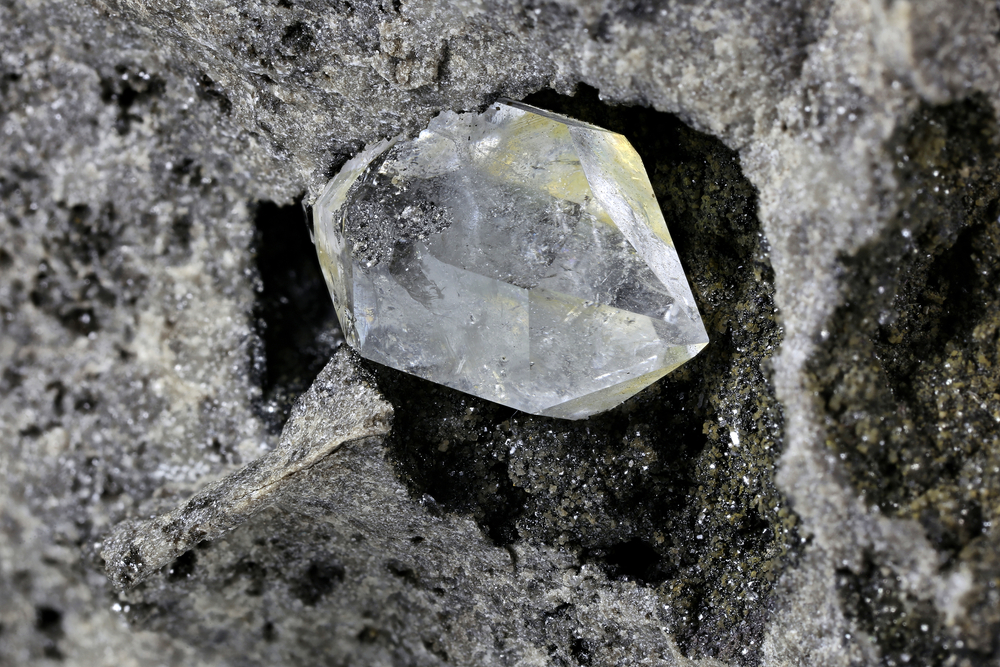
Herkimer Diamonds form in the same kinds of “pockets” as other quartz. For the most part, these are theorized to be from the release of gasses by decaying organic matter. Over time, the buried sediment solidifies under the incredible heat and pressure of the weight above.
Generally, these pockets are formed of things like sandstone. When this happens, the pockets become things like geodes. Just vugs that have been filled in with the super-saturated silica solution over millions of years.
In the case of Herkimer Diamonds? Well, quartz doesn’t attach to dolostone. Dolostone is the dolomite-rich rock of the area around Herkimer. Since they don’t adhere to the dolostone, both ends were free-floating and free to crystallize fully.
The thing to keep in mind is that Herkimer Diamonds are clear quartz, they just had a quirk in the surrounding bedrock which forced them to develop while floating in the silica-rich fluids inside the pocket rather than attaching to the stone and growing into the interior.
- Online rock and mineral club for collectors of all levels!
- Find community with like-minded rock and mineral enthusiasts.
- Monthly Giveaways!
- Free Access to Entire Digital Library of Products (current and future products)*


